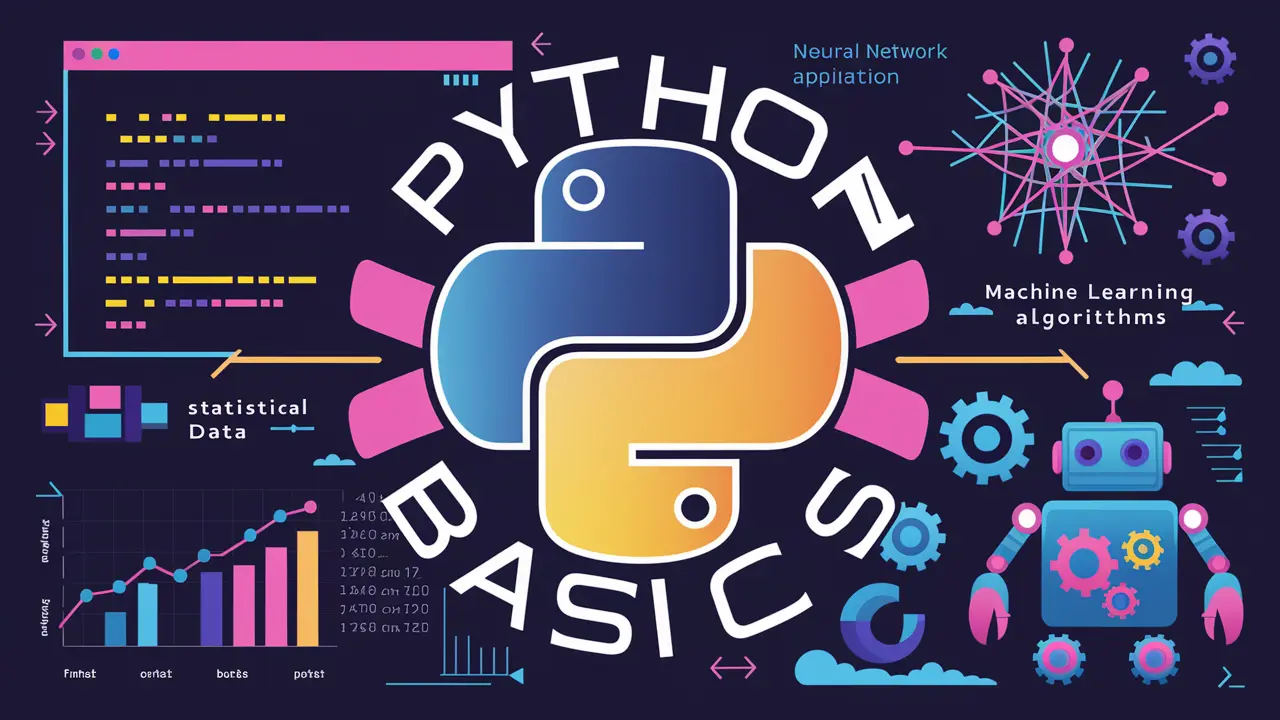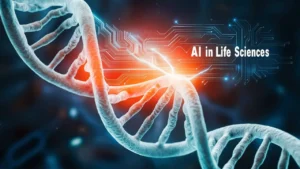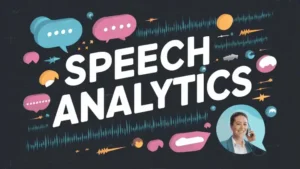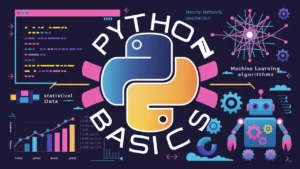Introduction
Python, a high-level programming language, has become a cornerstone in the tech world due to its simplicity and versatility. Whether you’re new to programming or a seasoned developer, understanding python basics can open up a world of possibilities. This guide will explore various applications of python basics, from web development to machine learning, providing a solid foundation for anyone looking to master this powerful language.
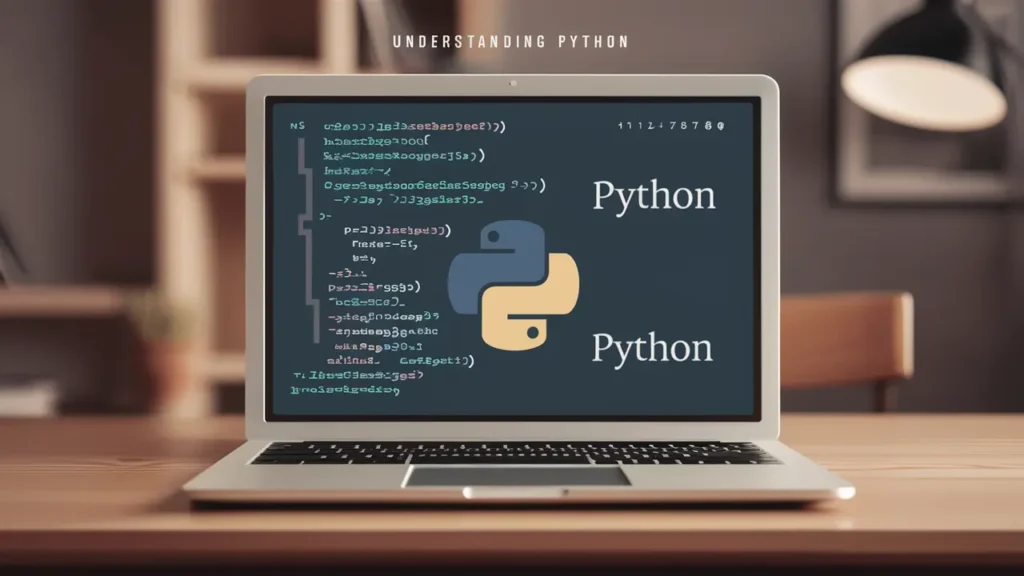
Understanding Python Basics: An Overview
Python is an open-source, interpreted language known for its readable syntax and dynamic semantics. These characteristics make Python a preferred language for beginners and professionals alike. Let’s delve into some the key features of python basics.
Key Features of Python Basics
- Simple Syntax: Python’s syntax is designed to be readable and straightforward, reducing the learning curve for new programmers.
- Interpreted Language: Python code is executed line by line, which simplifies debugging and makes the development process more interactive.
- Versatile Applications: Python supports various programming paradigms, including procedural, object-oriented, and functional programming.
- Extensive Standard Library: Python’s standard library includes modules and packages that support a wide range of programming tasks, from web development to data analysis.
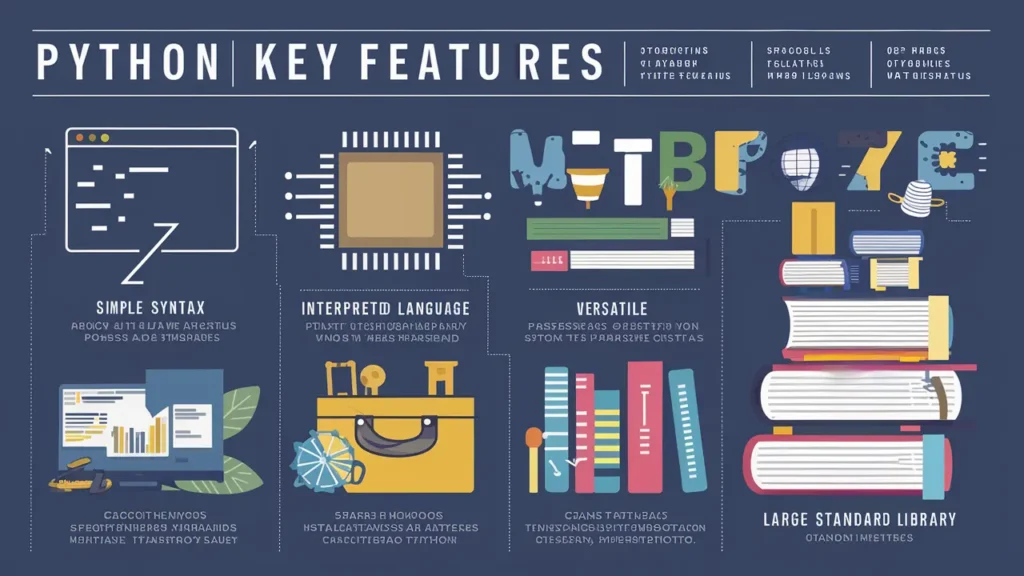
Python Basics in Web Development
Python is a powerful tool for web development, thanks to frameworks like Django and Flask. These frameworks simplify the process of building robust and scalable web applications.
Django: The Web Framework for Perfectionists
Django is a high-level Python web framework that encourages rapid development and clean, pragmatic design. It handles much of the complexity of web development, allowing you to focus on writing your application without reinventing the wheel.
Flask: A Lightweight Web Framework
Flask is a micro-framework for Python that is lightweight and modular. It provides the essentials for web development while giving developers the flexibility to choose their components.
Python Basics in Data Science
Data science is one of the most prominent fields where Python excels. Its libraries, such as Pandas, NumPy, and Matplotlib, make data manipulation and visualization straightforward and intuitive.
Pandas: Data Manipulation Made Easy
Pandas is a powerful library for data manipulation and analysis. It introduces data structures like DataFrame, which simplifies handling and analyzing large datasets.
NumPy: Numerical Computing with Python
NumPy is essential for numerical computing in Python. It provides support for large, multi-dimensional arrays and matrices, along with a collection of mathematical functions to operate on these arrays.
Matplotlib: Visualizing Data with Python
Matplotlib is a plotting library for Python that enables the creation of static, interactive, and animated visualizations. Its flexibility and customizability make it a favorite among data scientists.
Python in Machine Learning and AI
Python has become a cornerstone in the fields of machine learning and artificial intelligence. Libraries like TensorFlow, Keras, and Scikit-learn offer powerful tools for developing sophisticated machine learning models.
TensorFlow: Open Source Machine Learning Framework
TensorFlow is an end-to-end open-source platform for machine learning. It offers a comprehensive ecosystem of tools and libraries that enable researchers to push the state-of-the-art in machine learning and developers to build and deploy ML-powered applications easily.
Keras: Deep Learning for Humans
Keras is a high-level neural networks API written in Python. It can run on top of TensorFlow and allows for quick and easy prototyping of deep learning models.
Scikit-learn: Simple and Efficient Tools for Data Mining
Scikit-learn is a free software machine learning library for Python. It features various classification, regression, and clustering algorithms, including support vector machines, random forests, gradient boosting, k-means, and DBSCAN.
Python Basics in Automation and Scripting
Python’s simplicity and readability make it an excellent choice for automation and scripting tasks. Whether it’s automating repetitive tasks, managing servers, or performing system maintenance, Python can handle it.
Automate the Boring Stuff with Python Basics
This popular book by Al Sweigart introduces beginners to practical programming for total beginners. The book covers tasks like filling out forms, updating spreadsheets, and scraping data from websites.
Python for System Administration
Python can be used to manage servers, configure systems, and automate system tasks. Libraries like Paramiko and Fabric simplify managing SSH connections and automating deployments.
Python in Game Development
Python is also used in game development. Libraries like Pygame provide functionalities to create games, making it an excellent choice for beginners and hobbyists.
Pygame: Game Development with Python
Pygame is a set of Python modules designed for writing video games. It provides functionalities for creating games and multimedia programs in Python.
Python and Blender: Creating 3D Games
Blender is an open-source 3D creation suite that supports the entirety of the 3D pipeline—modeling, rigging, animation, simulation, rendering, compositing, and motion tracking. Python scripting can be used to automate tasks within Blender and create complex game logic.
Python Basics in Network Programming
Python’s extensive standard library supports many internet protocols. It is often used for network programming, allowing developers to create networked applications quickly.
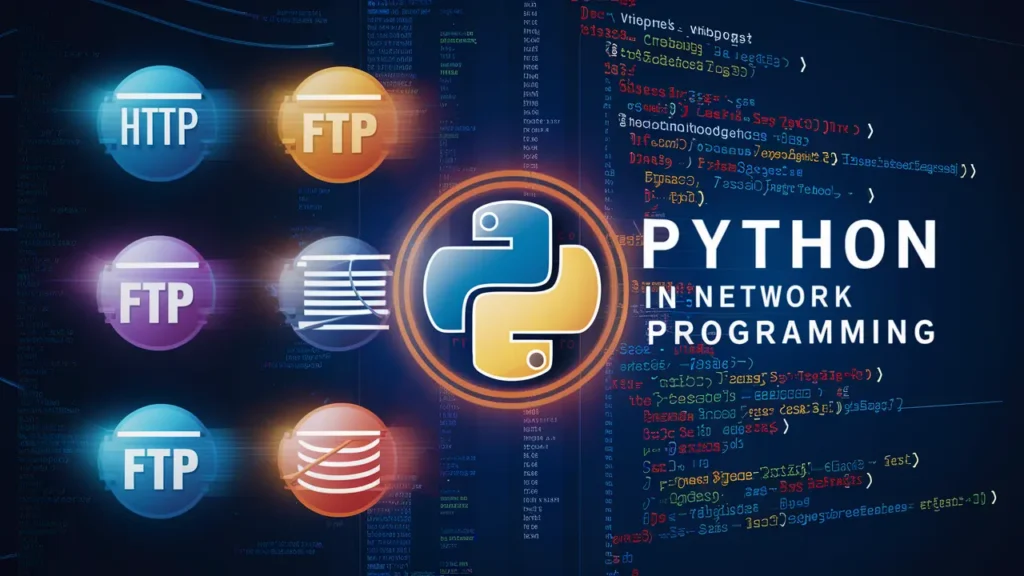
Building Network Applications with Python
Python can be used to build client-server applications, manage network devices, and handle network data. Libraries like Socket and Twisted facilitate these tasks.
Scrapy: Web Crawling with Python
Scrapy is an open-source and collaborative web crawling framework for Python. It’s used to extract data from websites, process it as per requirements, and store it in the preferred format.
Python Basics in Scientific Computing
Python is widely used in scientific computing. Libraries like SciPy and SymPy provide functionalities for mathematics, science, and engineering.
SciPy: Open Source Scientific Tools
SciPy is a Python library used for scientific and technical computing. It builds on NumPy and provides a large number of higher-level functionalities for performing complex mathematical operations.
SymPy: Symbolic Mathematics in Python
SymPy is a Python library for symbolic mathematics. It aims to become a full-featured computer algebra system while keeping the code as simple as possible to comprehensibly extend and maintain.
Conclusion
Understanding python basics is the first step towards mastering this versatile programming language. From web development to machine learning, data science to automation, Python’s applications are vast and varied. This beginner’s guide has only scratched the surface of what python basics can do. As you delve deeper into the world of Python, you’ll discover even more ways this powerful language can be used to solve real-world problems.
FAQs
- What are the main uses of Python?
Python is used in web development, data science, machine learning, AI, automation, game development, network programming, and scientific computing.
- Why is Python popular among beginners?
Python’s simple syntax, readability, and extensive libraries make it an ideal language for beginners. It allows new programmers to quickly learn and apply programming concepts.
- Can Python be used for web development?
Yes, Python can be used for web development. Frameworks like Django and Flask are widely used to build web applications.
- Is Python suitable for machine learning?
Absolutely. Python is a leading language in machine learning and AI, with powerful libraries like TensorFlow, Keras, and Scikit-learn.
- How does Python help in automation?
Python can automate repetitive tasks, manage servers, and perform system maintenance. Libraries like Paramiko and Fabric assist in these tasks.
- What is the role of Python in data science?
Python is heavily used in data science for data manipulation, analysis, and visualization. Libraries like Pandas, NumPy, and Matplotlib are essential tools for data scientists.
By understanding the python basics, you can better appreciate why it has become such a crucial tool in the world of programming and beyond. Whether you’re a beginner or an experienced developer, Python offers endless opportunities for growth and innovation.
